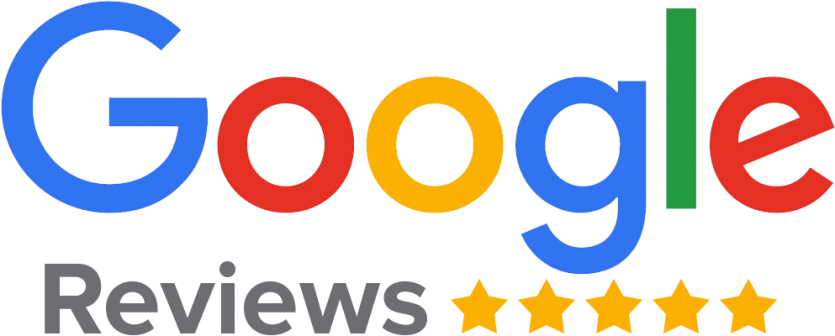You can have the best website, selling the best products or services, but without getting hits you aren’t going to make a penny! What you need is quality visitors; that is people with a real motivation to buy your product. You then need to find what phrases these people are likely to search for on Google when intending to buy your product, then match it with the exact page on your site most likely to convert their visit into a sale. Armed with this information you can go about massaging Google (or other search engines) into making the identified pages appear higher up the [organic] search engine result pages (SERPs) for your identified phrases (keywords). Thus increasing visitor numbers and most importantly boosting sales.
The science behind this is know as Search Engine Optimisation (SEO), the method by which you can influence search engines to rank your pages higher for your chosen terms. SEO is a hugely complex area. In demonstration of this Amazon.co.uk lists over 15,000 books on the subject. In this post I can only touch the very top of the ice berg, however, a little understanding can go a long way, and by making small changes to your website you heavily impact visitor numbers. If you are new to the subject then it is likely you have not considered some of the basics of SEO, and these basic changes can lead to some of the biggest gains.
In brief, SEO can be broken down into two areas:
On page (or internal) SEO
This refers to the content (written words), meta data (hidden content just used by search engines) and structure (how your site is organised) of your website. Making small changes to these elements can provide search engines with better information as to what your site contains so it can be better categorised and displayed in the SERPs. However, internal SEO is not only about improving your ranking on search engine pages, but also about marketing yourself to humans. The page title and meta description elements are what potential visitors will see in Google’s results. The more informative and tempting you make these, the more likely a potential customer is to click on them.
As a small business owner, you can certainly engage in some on site optimisation tasks yourself. You know your products and/or services so internal SEO tasks are sometimes best done in-house. Take each page of your website and within 66 characters for the page title and 150 characters for the meta description, describe what the page contains using identified keywords where possible. If you have a good CMS then there will certainly be a field in the back-end where you can add these descriptions. Pay particular attention to the homepage as search engines favour this over all pages. The above image shows Blue Llama’s homepage showing on Google’s SERPs, identifying the Page Title and Meta Description elements.
There are a number of other considerations for on page optimisation. All SEO experts love the term “content is king”, this is because the more relevant content you have on a site the more Google can do to index your site. Try to write new fresh content on subjects relating to your products which will be of interest to existing and potential new customers. When writing content you also need to format it adequately, this includes giving heading tags (H1, H2, H3 etc.) to your article headings, using some of your identified keywords in the content and writing textual descriptions of any images or video you insert using the ALT tag.
The following 60 minutes video is taken from Google’s 2010 conference. Matt Cutts, Google’s Search spokesman, takes some small business websites and assesses them for internal SEO.
Matt Cutts reviews example website for internal SEO
Off-page (or external) SEO
Search engines depend highly on popularity for calculating rankings. In the world of Search popularity is all about inbound links, that is external websites (or Social Media posts) linking into your website. The text used for these links (anchor text) is also very important, as this indicates to Google what the linked-to page contains. Remember when you could search on “miserable failure” in Google and it would return George Bush as the #1 result? This was due to lots of inbound links from people’s blogs and websites to Bush’s profile page on the White House website with the anchor text of “miserable failure”. While Google’s search algorithm has become a lot more sophisticated since then, links and anchor text are still vital to good rankings.
The popularity of the page containing the outgoing link is also important; the more authoritative the page containing the link, the more importance (link juice) is passed on to the destination page. For example, a link from Wikipedia would be much more beneficial than a link from a little-read blog post written by a friend. The relevance of the content of the linking page to the content of the page it links to, is also a factor. For example, an article on Audi cars that links to your blog on Audi spare parts would (all other things being the same) be of greater benefit than an incoming link from a cooking recipe website.
The art of getting links to your website is called linking building. This is much more difficult to do in-house than Internal SEO because ultimately you don’t have control of other people’s websites. A good start is to look at suppliers or customers that have a website and might be willing to link to your site. Try to persuade them to link to the right page and use favourable anchor text. There may also be relevant website directories for your product or service that you can get listed in. Also, if you are a local business then make sure you create a Google Places profile.
The below is another video from Google’s Matt Cutt’s who looks at ethical (white hat) link building techniques:
Matt Cutts looks at White Hat link building
In house or outsource SEO?
Ultimately, if you require serious traffic to your website then it might be time to look at outsourcing to an SEO specialist. A good SEO consultant will first sit down with you and talk about your aims, your products and services, and what your USPs are. Using this they will conduct some keyword research to determine what search phrases will yield the best results. They will then suggest (or make) changes to your website, in particular focusing in on landing pages they have identified for use in their link building strategy.
Once all this ground work has been completed then they can finally launch into building external links. Link building is a very time intensive and often repetitive process and so to save money a good consultant will sub contract this element of the project to specialists in less expensive countries. While doing this they should always be in a position to dictate how the link building is being executed and be able to monitor and report back to you on it’s success.



